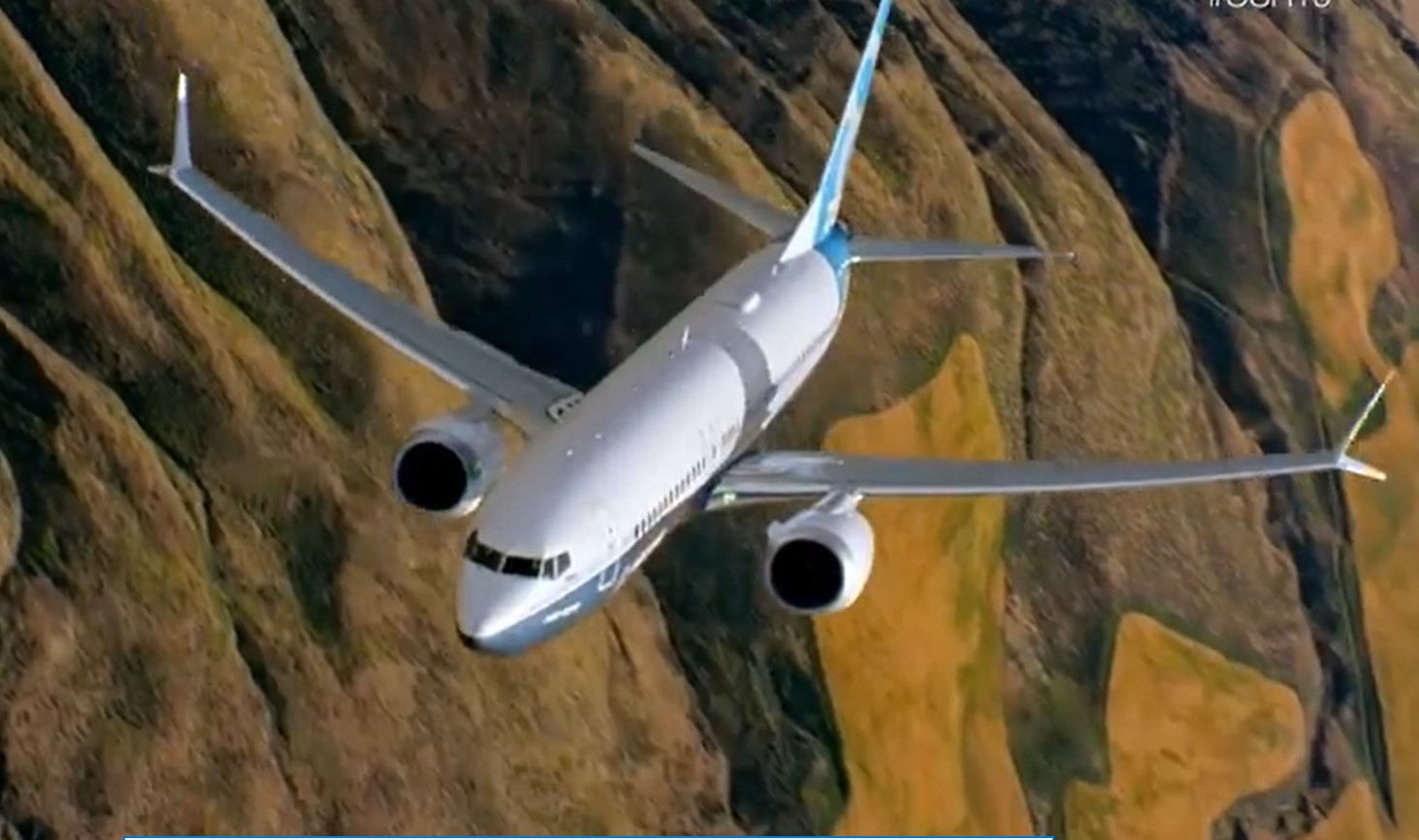Boeing cuts forecast aircraft demand by 11 percent over the next decade
06 October, 2020
4 min read
By joining our newsletter, you agree to our Privacy Policy


Boeing has reduced its forecast for commercial aircraft demand over the next decade by 11 percent but remains bullish that growth will ultimately return to its long-term trend.
The US aerospace giant’s annual market outlook noted that commercial aviation and services markets would continue to face significant challenges due to the pandemic.
But it said the global defense and government services markets, also key contributors to the company’s revenue, would remain more stable.
READ: Boeing consolidates 787 production in South Carolina.
The 2020 Boeing Market Outlook (BMO) includes projected demand for 18,350 commercial aircraft in the next decade – 11 percent lower than the comparable 2019 forecast – valued at about $US2.9 trillion.
In the longer term, however, it predicted the commercial fleet would return to its growth trend, generating demand for more than 43,000 new aircraft in the 20-year forecast period.
The outlook noted airlines globally had begun to recover from a more than 90 percent fall in passenger traffic but warned that “a full recovery will take years”.
Nonetheless, it predicted an average 4 percent growth rate over the next 20 years with the global commercial aircraft fleet expected to rise to reach 48,400 by 2039, up from 25,900 today.
“During this period, Asia will continue to expand its share of the world's fleet, accounting for nearly 40 percent of the fleet compared to about 30 percent today,’’ it said.
And while it may be of little solace to aviation workers currently in unemployment lines, the company’s 2020 Pilot and Technician Outlook forecast that the civil aviation industry will need nearly 2.4 million new aviation personnel between now and 2039.
Boeing said single-aisle airplanes such as its 737 MAX would continue to be the largest market segment, with operators projected to need 32,270 new aircraft in the next 20 years.
It expects single-aisle demand to recover sooner due to its key role in short-haul routes and domestic markets as well as passenger preference for point-to-point service.
In the widebody market, Boeing forecast demand for 7,480 new passenger airplanes by 2039 but said demand in this segment would be affected by a slower recovery in long-haul markets as well as "uncertainties from COVID-19's impact on international travel".
"Commercial aviation is facing historic challenges this year, significantly affecting near- and medium-term demand for airplanes and services," said Darren Hulst, vice president of commercial marketing.
"Yet history has also proven air travel to be resilient time and again. The current disruption will inform airline fleet strategies long into the future, as airlines focus on building versatile fleets, networks and business model innovations that deliver the most capability and greatest efficiency at the lowest risk for sustainable growth."
Air cargo demand, labeled “a relative bright spot in 2020”, was expected to grow 4 percent annually and generate further demand for 930 new widebody production freighters and 1500 converted freighters over the forecast period.
Overall, the BMO’s total forecast market value of $US8.5 trillion over the next decade, including demand for aerospace products and services, was down from the $US8.7 trillion predicted a year ago.
This included a $US2.6 trillion market opportunity for defense and space over the next decade reflecting the ongoing importance of military aircraft, autonomous systems, satellites, spacecraft and other products to national and international defense.
About 40 percent of this would be in the US, the forecast said..
“While near-term commercial services demand is lower, the BMO forecasts a $3 trillion market opportunity for commercial and government services through 2029, with digital solutions emerging as a critical enabler as customers focus on leaner operations to adjust to future market demand,’’ it said.
“Life cycle services and support will help customers scale their operations to meet efficiency and cost objectives aligned to market recovery trends.”
The coronavirus epidemic has forced both Airbus and Boeing to look at layoffs and restructuring to adapt to the new market conditions.
Most recently, Boeing announced it would consolidate its 787 production in South Carolina.
Next Article
2 min read
Qantas triples profit but misses mark

Get the latest news and updates straight to your inbox
No spam, no hassle, no fuss, just airline news direct to you.
By joining our newsletter, you agree to our Privacy Policy
Find us on social media
Comments
No comments yet, be the first to write one.
